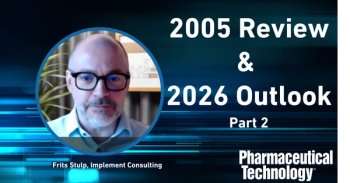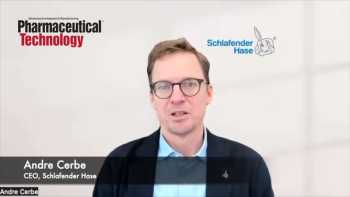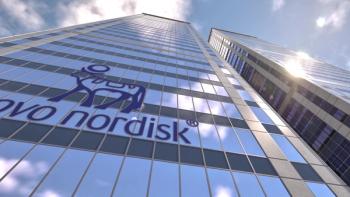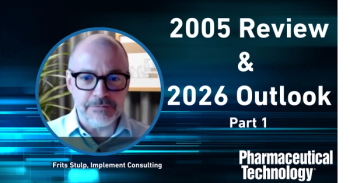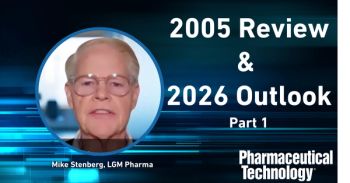
PTSM: Pharmaceutical Technology Sourcing and Management
- PTSM: Pharmaceutical Technology Sourcing and Management-10-07-2015
- Volume 11
- Issue 10
Vetter Embarks on 300-Million Euro Manufacturing Expansion
Vetter plans to invest approximately 300 million Euros during the course of five years to expand drug product manufacturing and logistic services in Germany; upgrades will include an improved RABS system for aseptic processing.
Vetter will invest approximately 300 million Euros (US$335 million) to expand and upgrade its manufacturing facilities over an estimated five-year period, the company announced on Sept. 30, 2015. The upgrades are being driven by a changing healthcare market that is affected by issues such as increasingly complex molecules, smaller batch sizes, and more stringent regulatory requirements. Expansion of three sites in Germany will add capacity for logistic services and drug-product manufacturing using an improved system for aseptic processing.
Structural work for the facility enlargement at the Ravensburg Vetter West Center for Visual Inspection and Logistics has been completed. The expansion will more than double this site’s current capacity and is on schedule to become fully operational in 2017. Initial construction at the Ravensburg Schuetzenstrasse facility began in 2013, and the Ravensburg Vetter South production site will be expanded.
A central technology element of the planned upgrades will be the implementation of an in-house, improved restricted access barrier system (RABS) concept that will contribute to increased operational excellence in aseptic manufacturing. For decades, Vetter has relied on RABS and isolators as two distinct technologies available today for its aseptic filling processes. RABS achieve the sterility assurance level required by regulatory authorities and allows rapid product changeover coupled with high safety. To better meet future industry trends in quality, safety, and flexibility, a corporate project team has evolved an improved RABS concept by combining the advantages of isolator and RABS technology. The core of the approach is a uniquely fast (by today’s standards) 3-hour cycle and fa function which allows full automated decontamination of the cleanroom using hydrogen peroxide. Following a successful pilot project in a selected cleanroom, the company will implement this decontamination concept in all of its cleanrooms within the next few years.
Source:
Articles in this issue
about 10 years ago
Cost Inhibits CMO Adoption of Single-Use Equipmentabout 10 years ago
Low Temperature Needed for Complex Drug Candidatesabout 10 years ago
FDA Plans Pilot Projects for Drug Supply Chain Security Actabout 10 years ago
Sterigenics International Adds Capacityabout 10 years ago
Tecnandina’s Ecuador Facility Receives ANVISA Certificationabout 10 years ago
Hovione Expands Drug Substance Manufacturingabout 10 years ago
Piramal Introduces Proof of Concept Service for Next Wave of ADC Growthabout 10 years ago
Patheon Unveils New Brand Identityabout 10 years ago
FDA Releases Guidance on Generic-Drug Developmentabout 10 years ago
Kopcha Selected to Head FDA’s Quality OfficeNewsletter
Get the essential updates shaping the future of pharma manufacturing and compliance—subscribe today to Pharmaceutical Technology and never miss a breakthrough.

